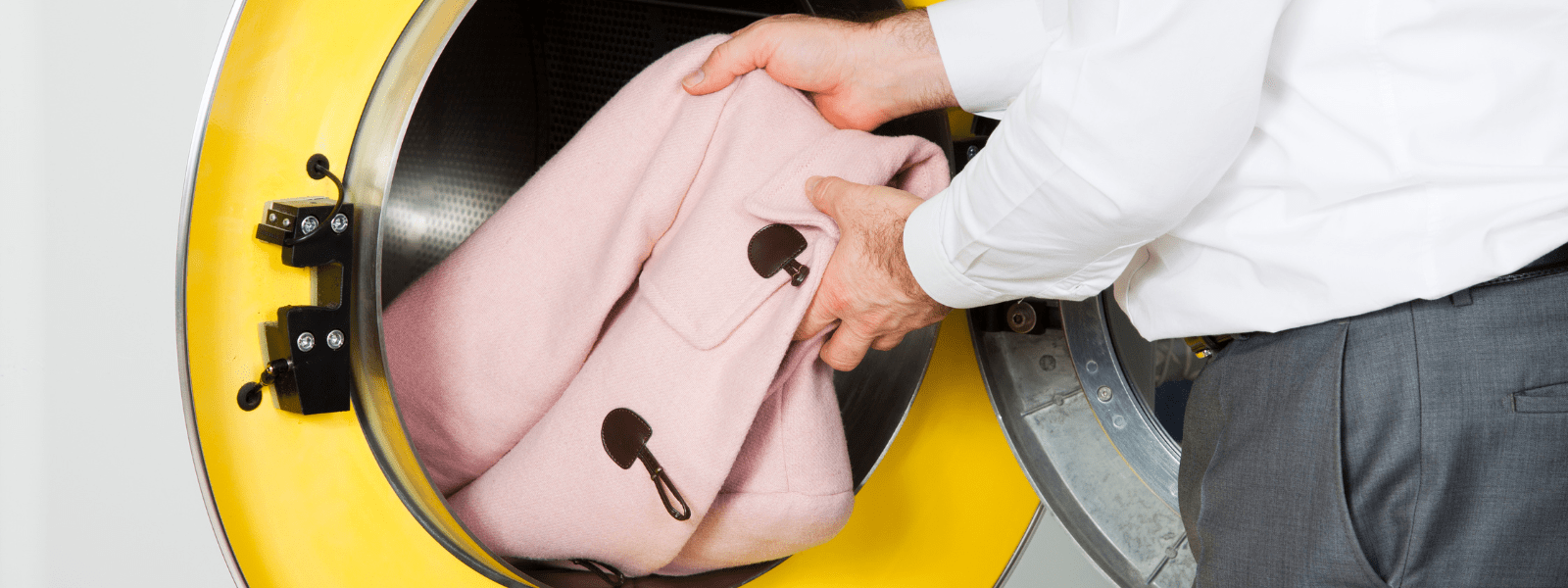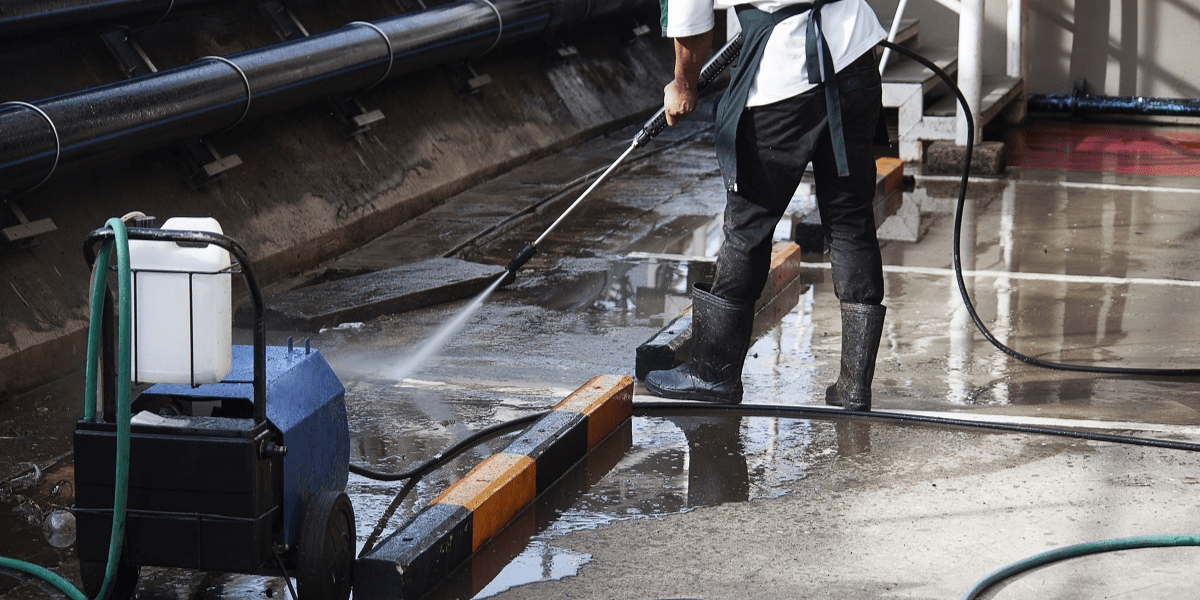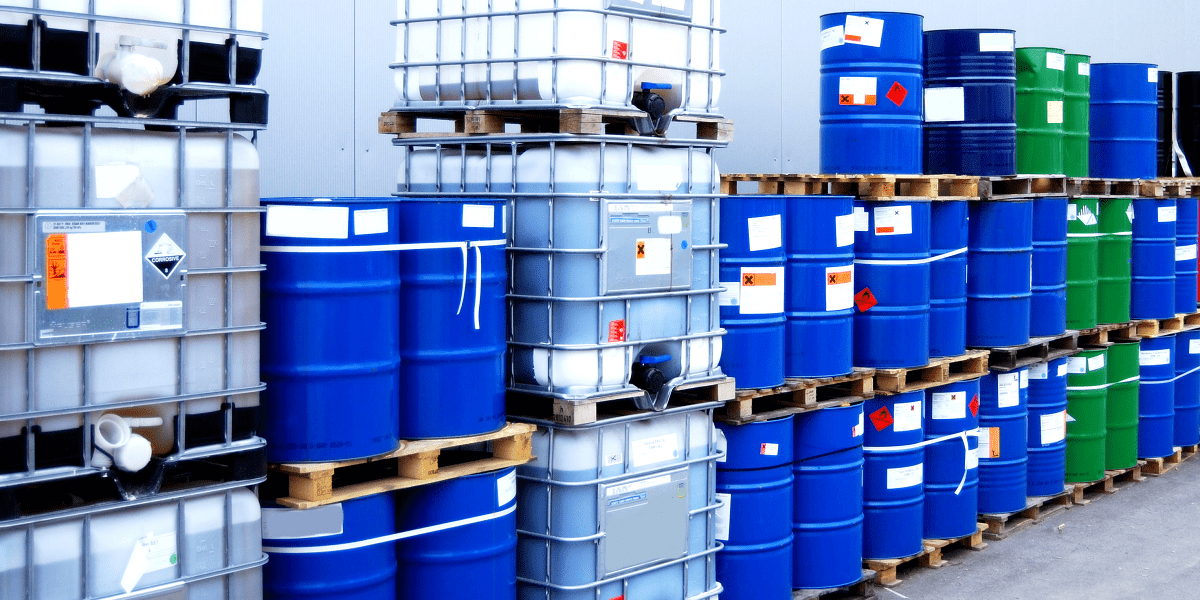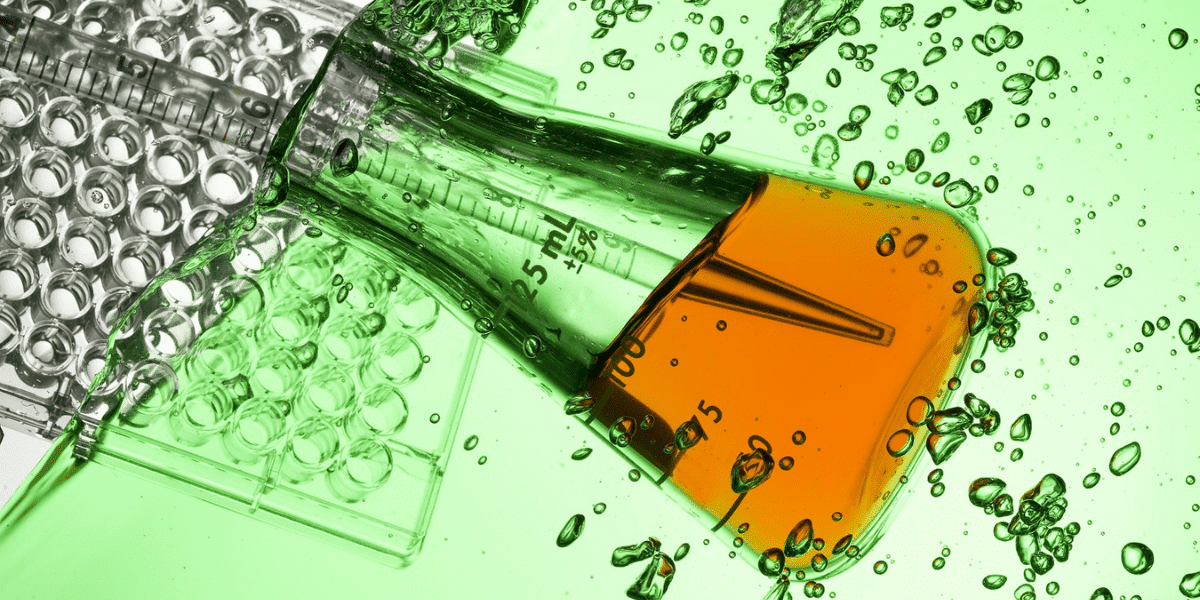Trichloroethylene, also known as TCE, is an organic solvent used in a variety of both industrial and commercial applications. Used by itself or as...
Blog


CHEMICAL INDUSTRY NEWS
Chemical Chat – Discover What’s New!
What Are Commodity Chemicals – Can You Purchase Commodity Chemicals In Bulk?
What are commodity chemicals? Commodity chemicals are the opposite of speciality chemicals that are used for niche markets and applications....
Bulk Chemical Suppliers For Industrial and Manufacturing Applications
Working with reliable bulk chemical suppliers is important for any industry that uses large amounts of chemicals and solvents for their day to day...
Understanding Commodity vs Specialty Chemicals
Chemicals and solvents are used in all industries for production, cleaning, and additive ingredients for everyday...
What Are Commodity Chemicals – Can You Purchase Commodity Chemicals In Bulk?
What are commodity chemicals? Commodity chemicals are the opposite of speciality chemicals that are used for niche...
Company News

Managed Services
Discover the Latest in Safe and Sustainable Chemical Solutions
Stay informed with Ecolink’s blog! Subscribe now
Chemical Management Information
Stay updated with us
Sign Up for the Latest Updates
Stay informed about chemical supply chain disruptions and emerging innovations to keep your business at the forefront of efficiency and innovation. Uncover new ways to make your business practices more sustainable by incorporating safer products into your cleaning lineup.


























